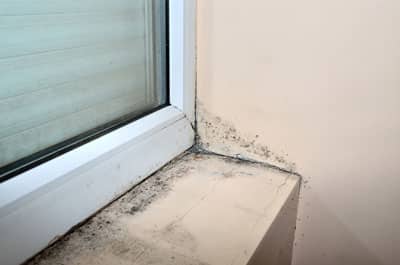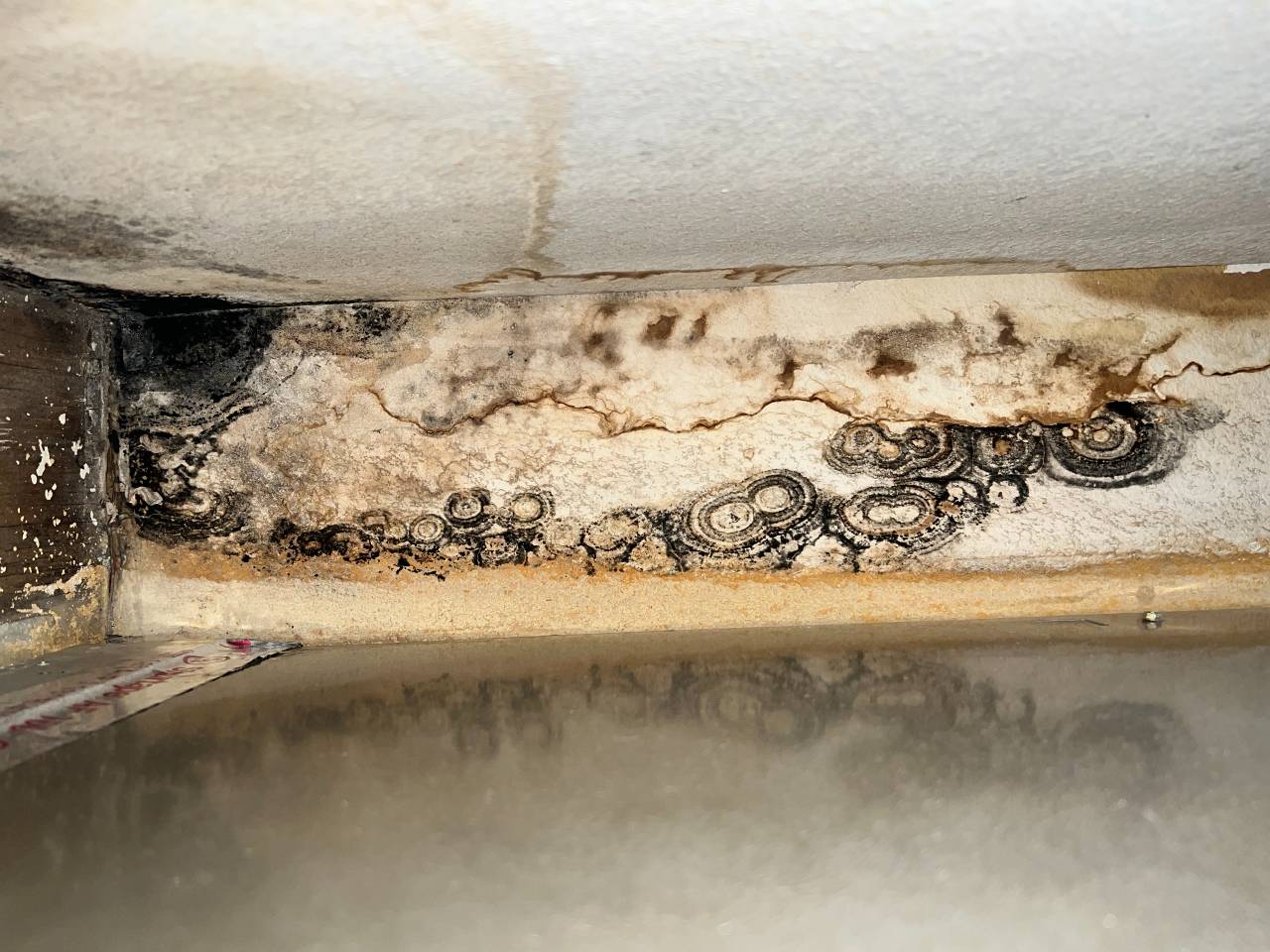Guidance on What to Do After Mold Remediation
Guidance on What to Do After Mold Remediation
Blog Article
Your Ultimate Guide to Blog Post Mold And Mildew Remediation Techniques
In the after-effects of mold and mildew invasion, recognizing how to effectively eradicate the mold and mildew and avoid its reoccurrence is vital for maintaining a healthy interior setting. From selecting the ideal cleansing and disinfecting techniques to applying techniques for long-lasting mold and mildew avoidance, each step in the remediation journey plays a crucial role in making certain an effective outcome.
Recognizing Post-Mold Remediation Process
After finishing the mold and mildew removal procedure, it is crucial to understand the post-mold removal strategies that are essential to make certain a thorough and effective cleaning. When the mold has been removed, the following action includes cleaning and decontaminating the influenced areas to avoid any regrowth of mold and mildew. This consists of utilizing specialized cleaning representatives to wipe down surfaces and eliminate any type of remaining mold and mildew spores. It is necessary to dry the area entirely to prevent the development of mold in the future (Post Mold Remediation). Proper ventilation and dehumidification can assist in this process.
In addition, conducting a last evaluation post-remediation is important to make certain that all mold has been efficiently eradicated. This assessment needs to involve a complete visual check in addition to potentially air tasting to validate the absence of mold spores in the air. Additional remediation may be needed if the examination reveals any remaining mold. Finally, enlightening owners on safety nets such as controlling moisture levels and quickly attending to any water leaks can aid maintain a mold-free setting.
Reliable Cleaning Up and Sanitizing Techniques

Preventing Future Mold Development

Significance of Proper Air Flow
Proper air flow plays an important function in preventing wetness buildup, a key consider mold development within indoor settings. Efficient air flow systems help get rid of excess humidity from the air, minimizing the chances of mold and mildew spores finding the wetness they require to germinate and spread out. Without adequate ventilation, interior spaces can end up being a breeding place for mold, bring about prospective wellness risks and structural damages.
By ensuring appropriate air blood circulation, air flow systems can likewise aid in drying out damp locations quicker after water damages or flooding occurrences, further deterring mold and mildew development. Post Remediation Inspection near me. browse this site Precede like shower rooms, cellars, kitchens, and attic rooms where dampness levels often tend to be higher, installing and preserving reliable ventilation systems is essential in stopping mold and mildew invasions

Tracking and Maintenance Tips
Given the critical duty that correct ventilation plays in preventing mold and mildew growth, it is vital to establish efficient monitoring and upkeep suggestions to ensure the ongoing functionality of air flow systems. Regular examinations of ventilation systems need to be carried out to examine for any type of signs of obstructions, leakages, or malfunctions that can hinder correct airflow. Surveillance moisture degrees within the residential property is also critical, as high humidity can add to mold and mildew growth. Setting up a hygrometer can aid track humidity degrees and sharp homeowners to any kind of spikes that may need focus. Additionally, making sure that air filters are regularly cleaned up or changed is essential for preserving the performance of the air flow system. Executing a routine for regular upkeep tasks, such as duct cleaning and cooling and heating system inspections, can assist stop concerns prior to they escalate. By staying conscientious and aggressive to the condition of ventilation systems, homeowner can successfully reduce the risk of mold regrowth and preserve a healthy interior environment.
Conclusion
To conclude, post-mold remediation techniques are vital for making certain a tidy and safe setting. Comprehending the process, applying effective cleaning and decontaminating approaches, preventing future mold development, preserving correct air flow, and normal tracking are all important action in the removal procedure. By following these guidelines, you can efficiently remove mold and mildew and stop its return, working or advertising a healthy and balanced living room for all occupants.
In the consequences of mold infestation, knowing how to effectively get mold removal using bleach rid of the mold and prevent its reoccurrence is paramount for maintaining a healthy and balanced interior atmosphere. As soon as the mold and mildew has been eliminated, the next step includes cleansing and disinfecting the influenced areas to protect against any regrowth of mold - After mold remediation. After eliminating visible mold growth, it is critical to read what he said cleanse all surface areas in the afflicted area to get rid of any staying mold spores. To even more boost mold and mildew avoidance steps, it is essential to address underlying problems that originally led to mold growth.Provided the essential role that proper ventilation plays in preventing mold and mildew growth, it is vital to establish effective tracking and upkeep pointers to make certain the ongoing performance of air flow systems
Report this page